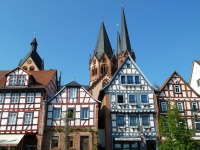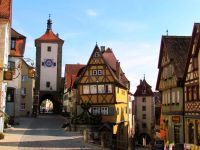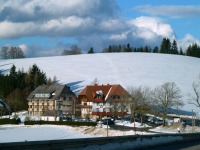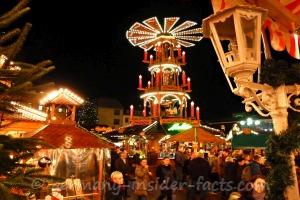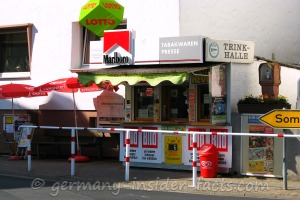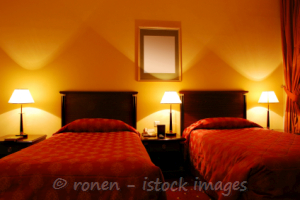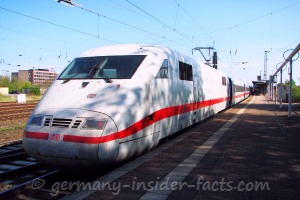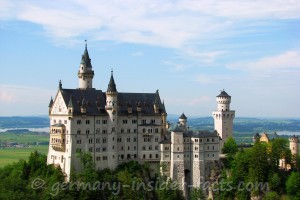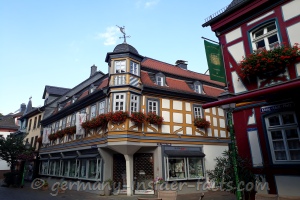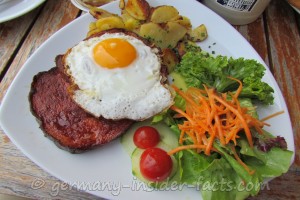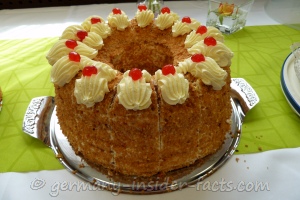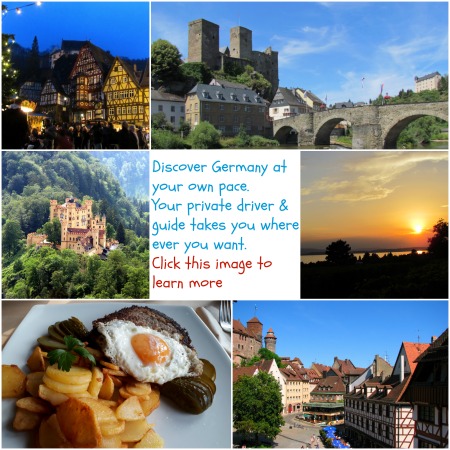Bayern Germany
From Franconia to the Alps - Bavaria at a glance
Bayern Germany (English name is Bavaria) offers a huge scenic diversity. It is also known as the free state (Freistaat) Bayern.
Discover the thriving capital Munich, medieval towns, famous castles, rolling hills and the impressive alpine scenery. Visitors can experience a wide range of leisure activities, sports and join all kind of festivals.
No wonder that Bavaria is a favourite tourist destination, for Germans and travellers from all around the world. Enjoy the pictures while you browse this page.
Bavaria, located in the south-east of Germany, is the largest German state. It is well-known for Neuschwanstein castle and the Romantic Road. However, let me tell you that Bavaria has much more to offer for your unforgettable holidays.
Quick Facts about Bayern Germany
- Population - Bevölkerung: 12.843.514 (December 2015)
- Size - Fläche: 70.550,19 km², it's the largest state in Germany
-
Capital - Hauptstadt: München (Munich) (Pop. 1.456.039) - this is also the largest city in Bavaria
Nürnberg, Augsburg and Regensburg are other major cities - Geography: Low mountain ranges in the north and east, the Swabian and Franconian Alb in the west, the foothills of the Alps (Alpenvorland) and finally, the alpine mountains in the south.
- Highest Mountain - Zugspitze 2,962 m (9,718 ft), this is also Germany's highest mountain
- Rivers - The largest river is the Danube (Donau) in the south, and the Main, which meanders through Franconia in the north.
Quick history of Bayern
People and regions in Bavaria belong to three cultural tribes: Bavarians, Franconians and Swabians.
Altbayern (Old Bavaria), the name-giver of the state, consists of the
three districts Upper Palatinate, Upper and Lower Bavaria. It is here
where you can hear the real Bavarian language.
Bayern was a kingdom until 1918, ruled by the dynasty of the
Wittelsbacher since the 12th century. Franconian and Bavarian-Swabian
territories, including their different dialects and traditions, became
only part of Bavaria in the early 19th century.
Bavarians feel they are somewhat different as the rest of the
Germans. They tend to call Germans from other states humorously
"Preißn", the Bavarian version of Preußen (Prussia). Although not all
Germans are Prussians. When the going gets tough you might even hear
the word "Saupreiß". This is mainly valid for the "Altbayern, or Old
Bavaria" districts.
Yes, Bavarians are proud of their history and customs, so are the
Franconian and Swabian people. So my very short excursion into history
hopefully helps visitors to understand Bayern and its people. You might
hear someone in Franken say, we are not Bavarians, we are Franconians.
Anyway, you will find a wide range of traditions, dialects and superb food varieties throughout the state.
Regions, landscapes & attractions in Bayern (BY)
There are 7 administrative regions as you can see on the map further
down this page. Each region has its own history, culture, highlights and
is
definitely worth to visit. The map opens in a new window, so you can
refer to it while you discover the highlights of Bavaria.
The regions from north to south and their main attractions are as followed. Abbreviation of the German name and the English name in brackets.
Unterfranken (Ufr.) (Lower Franconia), also known as Mainfranken
 Medieval city wall and towers in Dettelbach am Main
Medieval city wall and towers in Dettelbach am MainThe river Main, with its large bends, is said to be the heart and soul of Mainfranken. It is a famous wine-growing region.
Picturesque towns and vineyards spread along the riverbank. Cyclists
enjoy the separate cycling routes along the river, away from the
traffic.
Discover low mountain ranges like the legendary Spessart and Rhön, a paradise for hikers. Everywhere you'll find beautiful little towns with charm and history.
Würzburg with Marienberg fortress, the Residence and the cathedral is best known city among travellers.
Miltenberg, Marktbreit, Dettelbach, Mainbernheim and Ostheim vor der Rhön are only a few of the many beautiful towns in Lower Franconia.
Oberfranken (Ofr.) (Upper Franconia)
The red Main and the white Main flow through the east of Oberfranken before they confluence to build the Main south of Kulmbach.
Beautiful nature and lovely towns, history and culture, invite visitors to stay for a while in the northeast of Bavaria.
Fichtelgebirge with its highest point Schneeberg is a paradise for hikers and wintersports. The Fränkische Schweiz offers rock formations, caves and castles, as well as castle ruins, it is one of the oldest holiday regions in Germany.
Oberfranken is beer country! More than 200 breweries means that you can sample a good beer nearly everywhere.
Bayreuth and Bamberg are the largest cities with a
long history and stunning sights. Coburg, Kulmbach, Kronach are a few
of many picturesque towns in Upper Franconia.
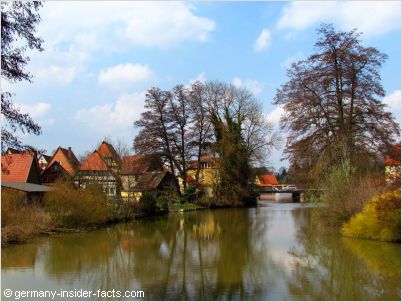
Mittelfranken (Mfr.) (Middle Franconia)
Nürnberg (Nuremberg) is the largest city, followed by Fürth and Erlangen. These three cities in the east of Mittelfranken build the main industrial region. Ansbach, further to the west, is the administrative centre.
The tourism route "Romantic Road" crosses the east, along the border to Baden-Württemberg, through a lovely rural landscape.
Rothenburg ob der Tauber and Dinkelsbühl are the most stunning medieval towns, with fortified towers and gates within their still intact city walls.
It is really worthwhile to take your time and stay a few days in Middle Franconia.
Click here to read more about the Romantic Road, or visit my Rothenburg page.
Oberpfalz (OPf.) (Upper Palatinate)
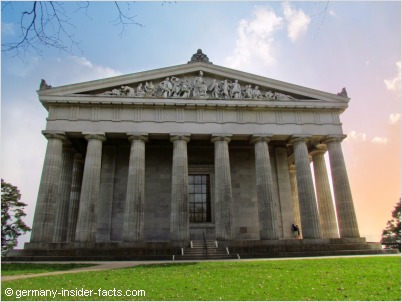
The Oberpfälzer Wald is known for its many castles and ruins, which tell the stories of an eventful past. The Upper Palatinate is considered one of the cheapest holiday regions in Germany.
Apart from the nature, the historic old towns of Regensburg, Weiden, Amberg and Neumarkt are amongst the main attractions.
When you are near Regensburg you shouldn't miss the Walhalla. The hall of fame honours people of the German language from all walks of life, politicians, artists, kings, clerics and scientists.
Conceived by Bavarian King Ludwig I, the hall which resembles a Greek temple, was opened in 1842. Walhalla sits on a plateau above the Danube, the views from there are amazing.
Are you ready for inspirations to visit Germany?
Below are a few articles about favourite holiday destinations. Enjoy your planning!

